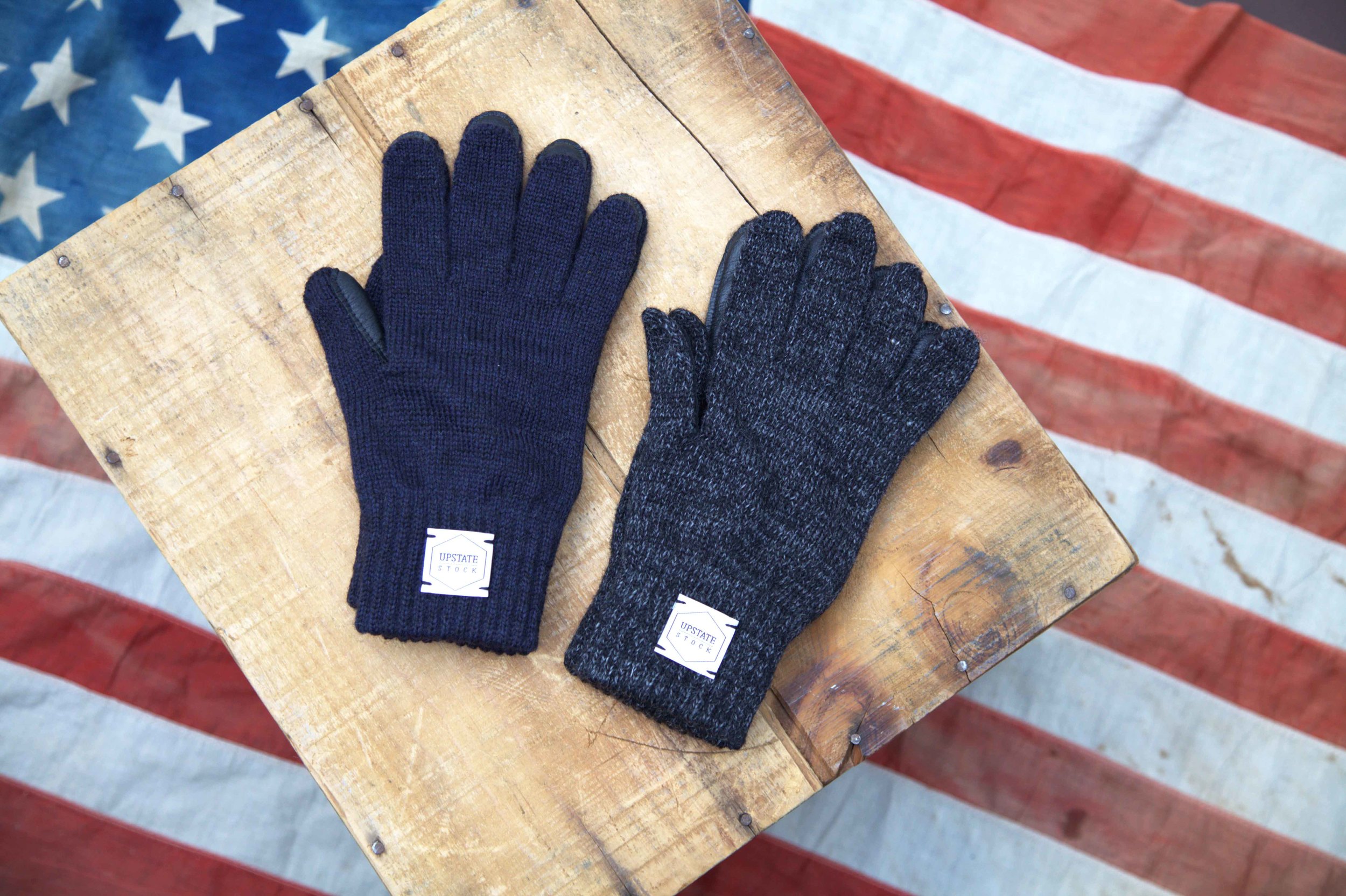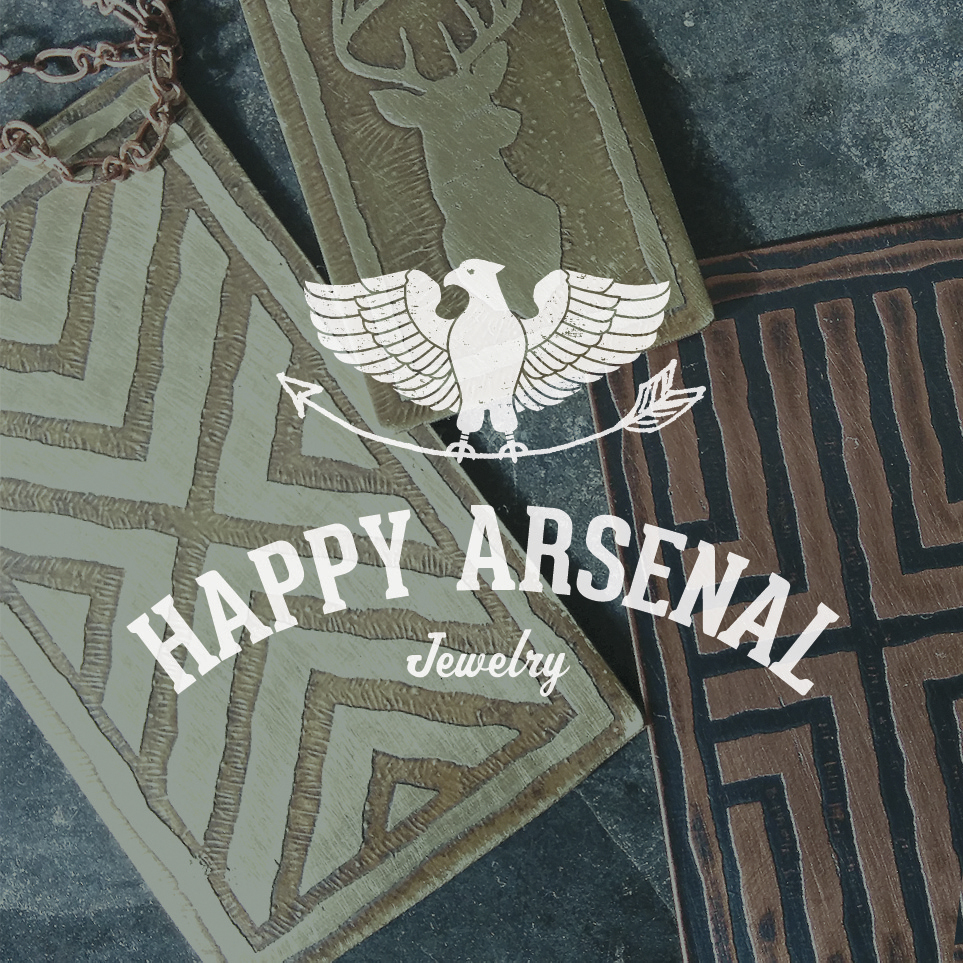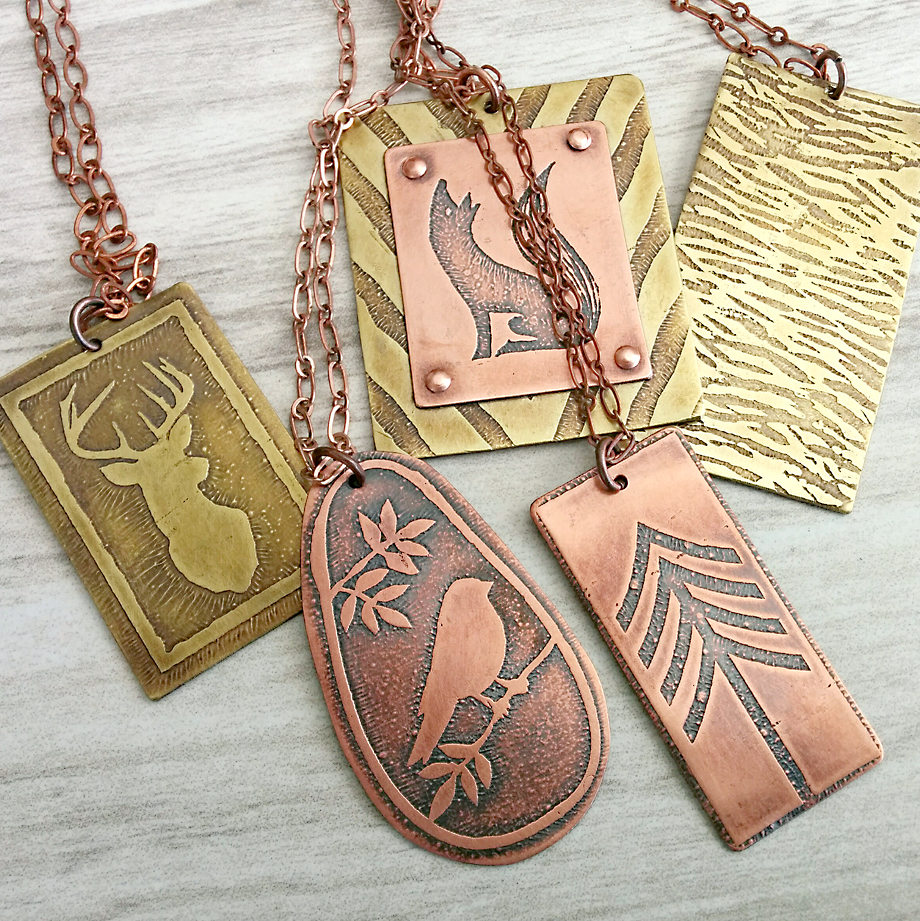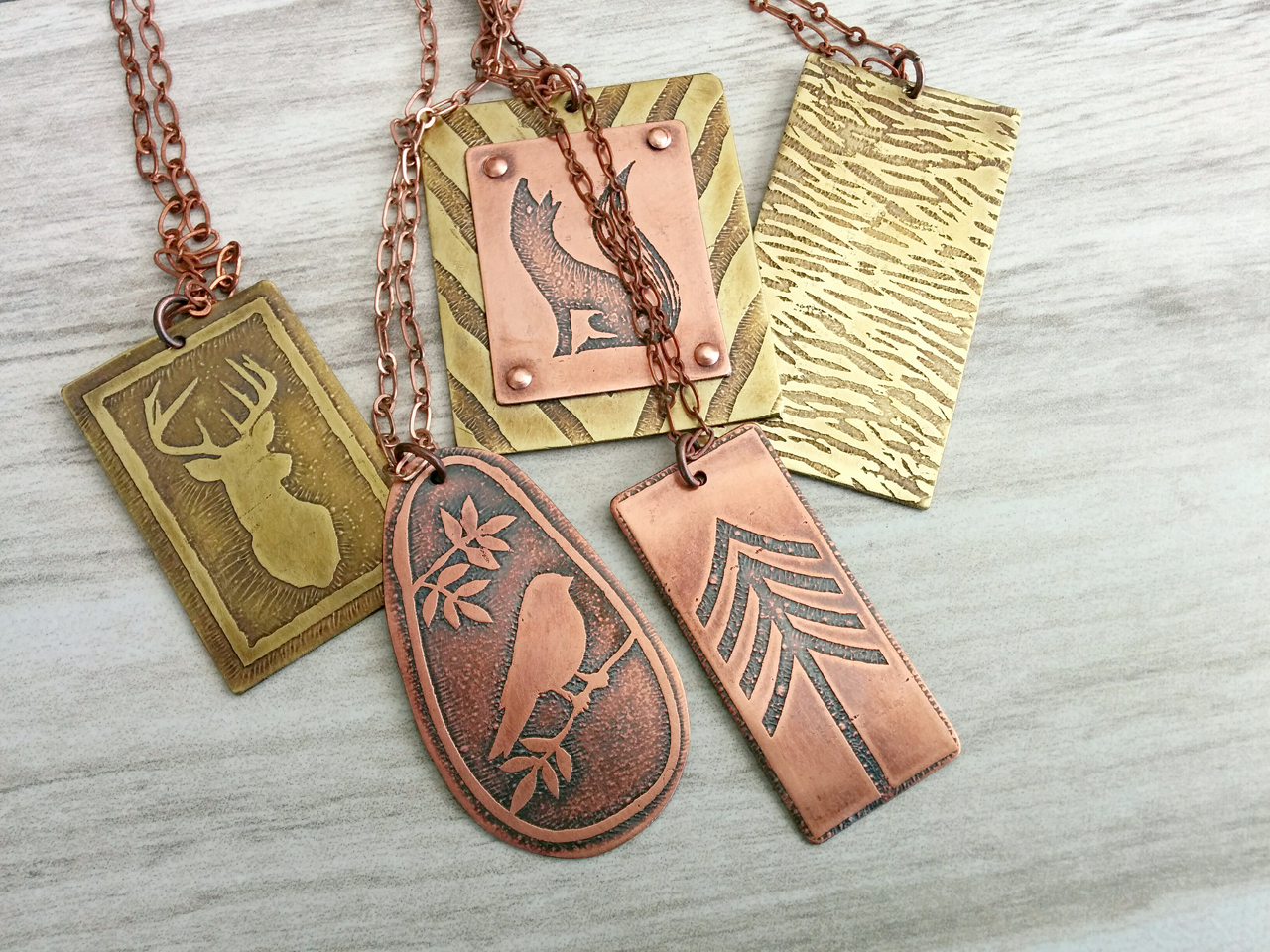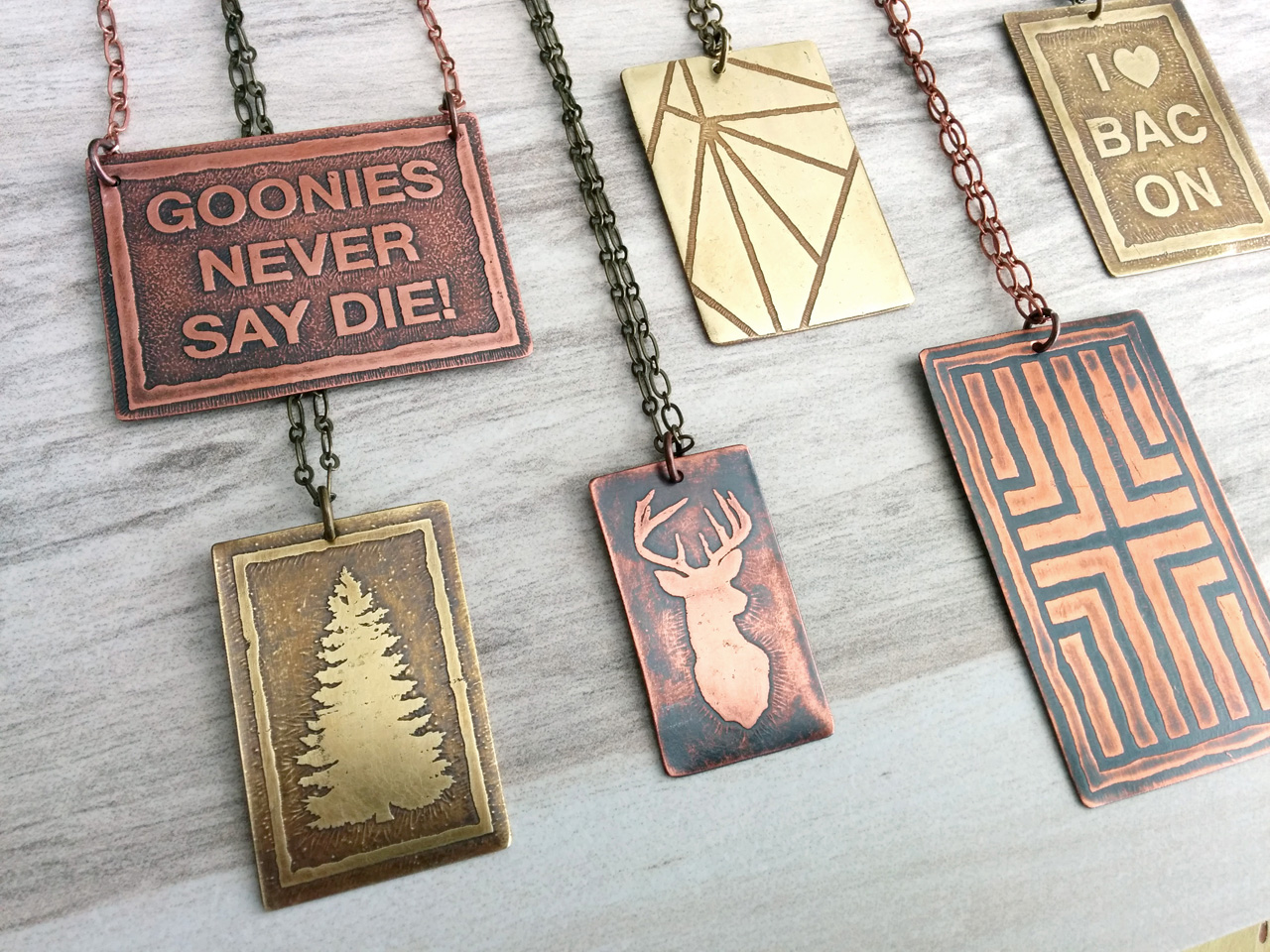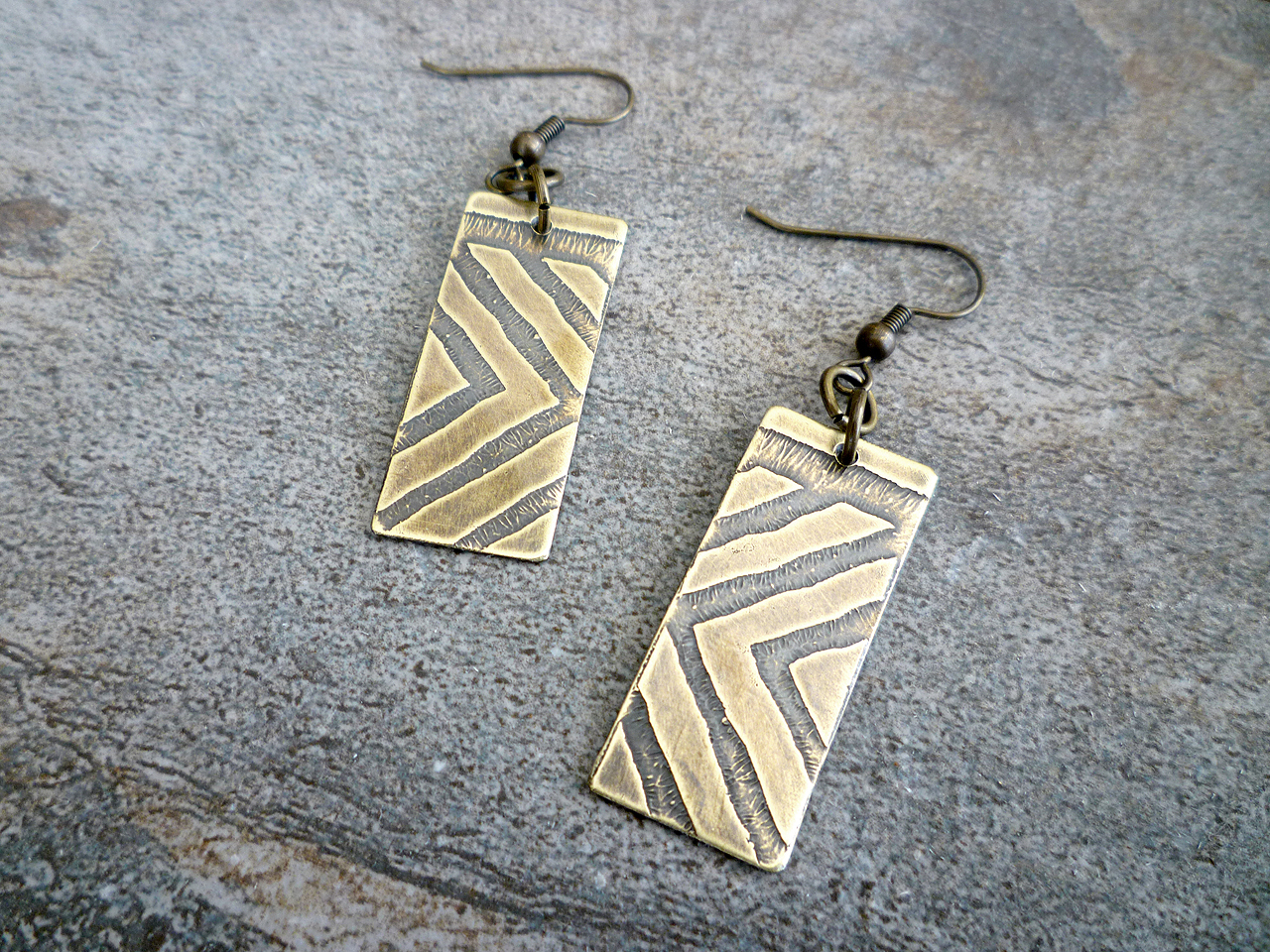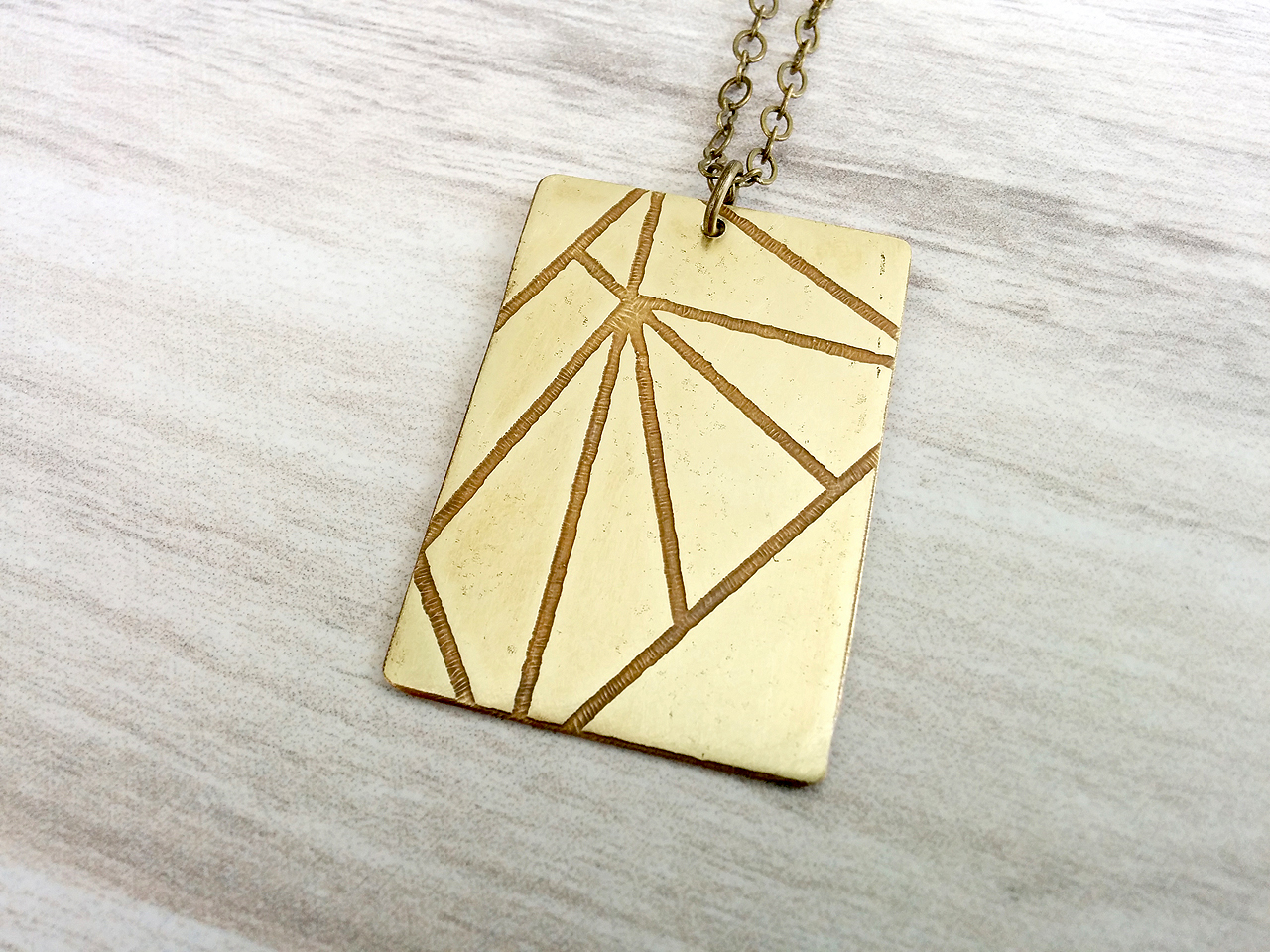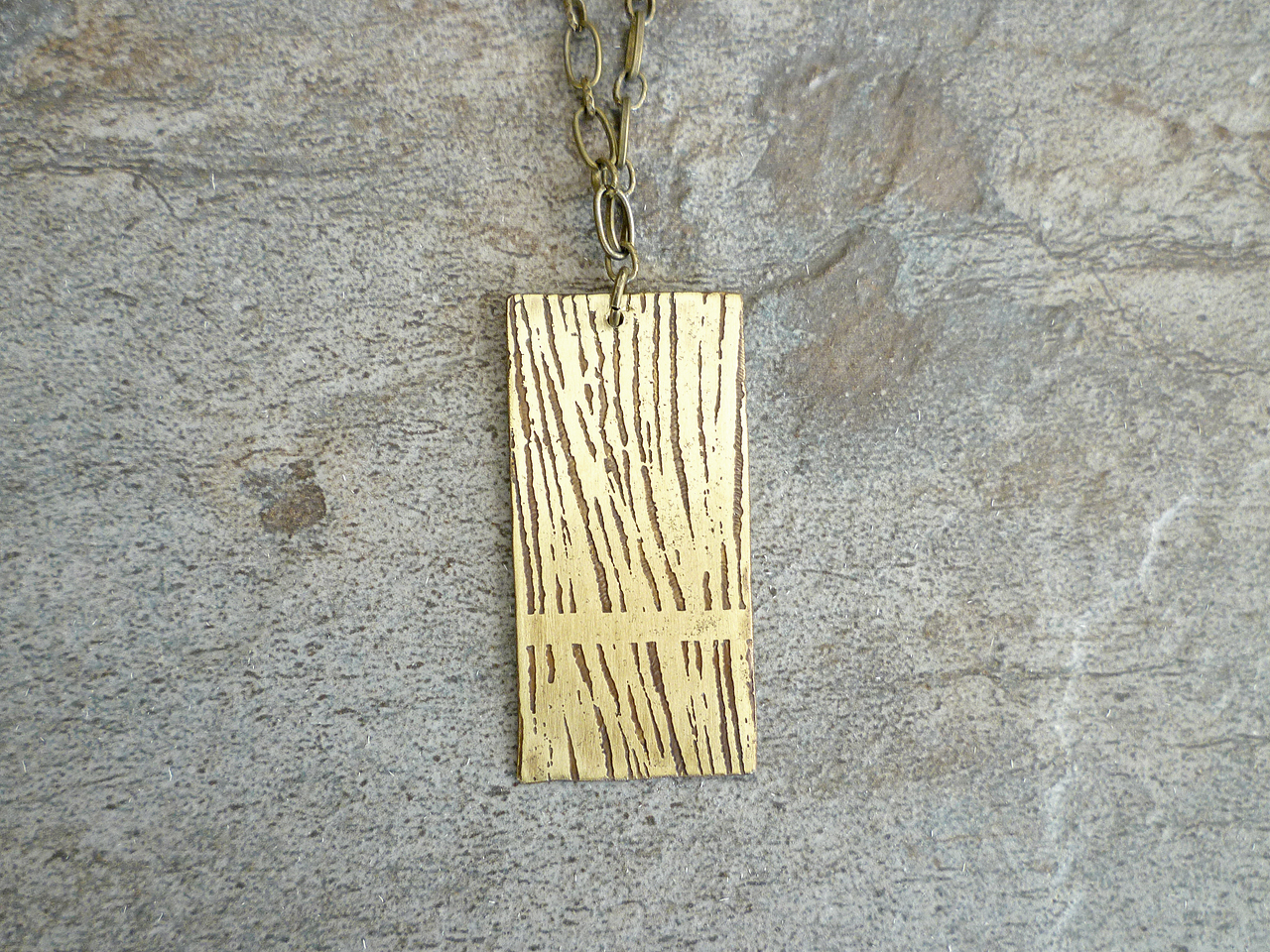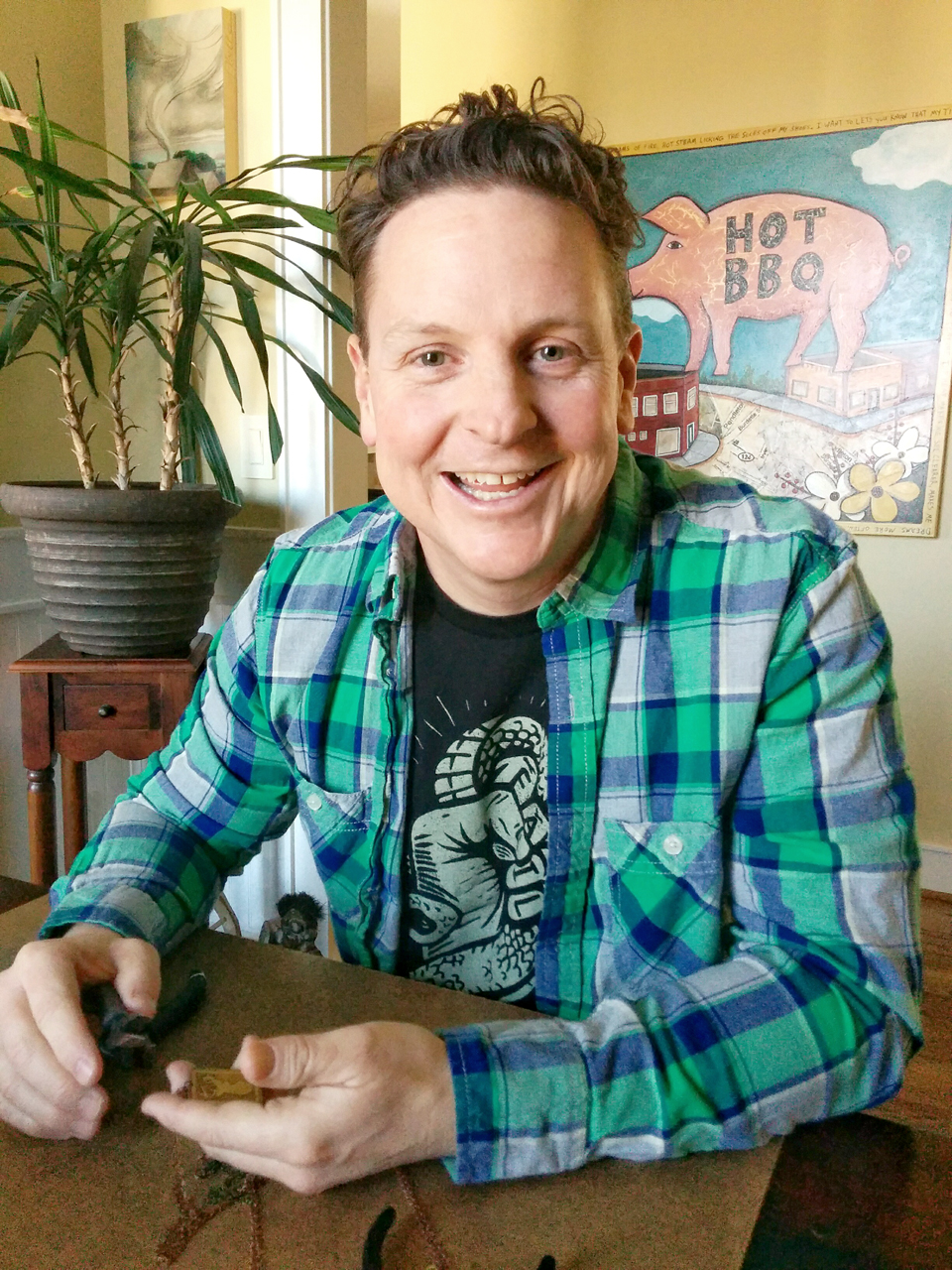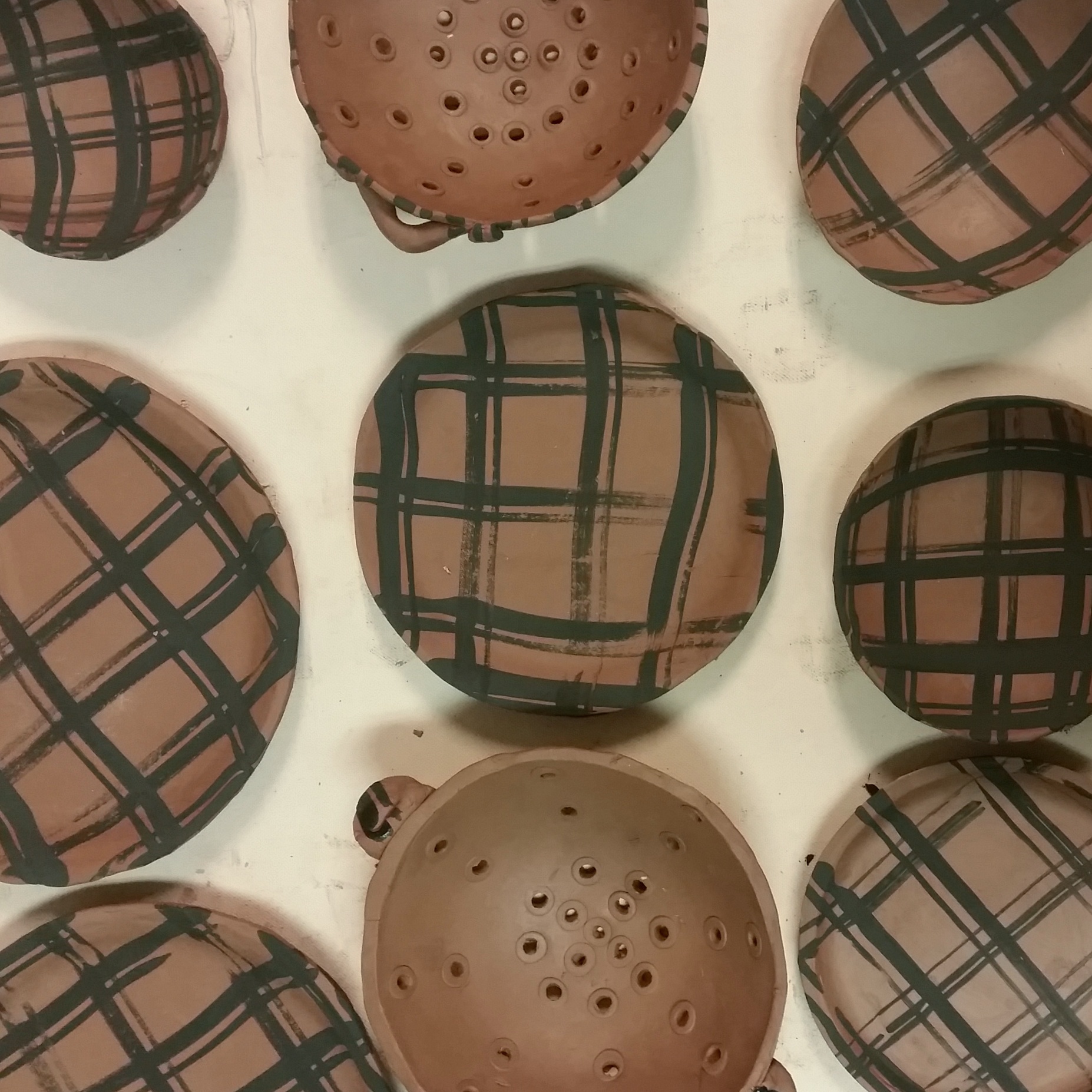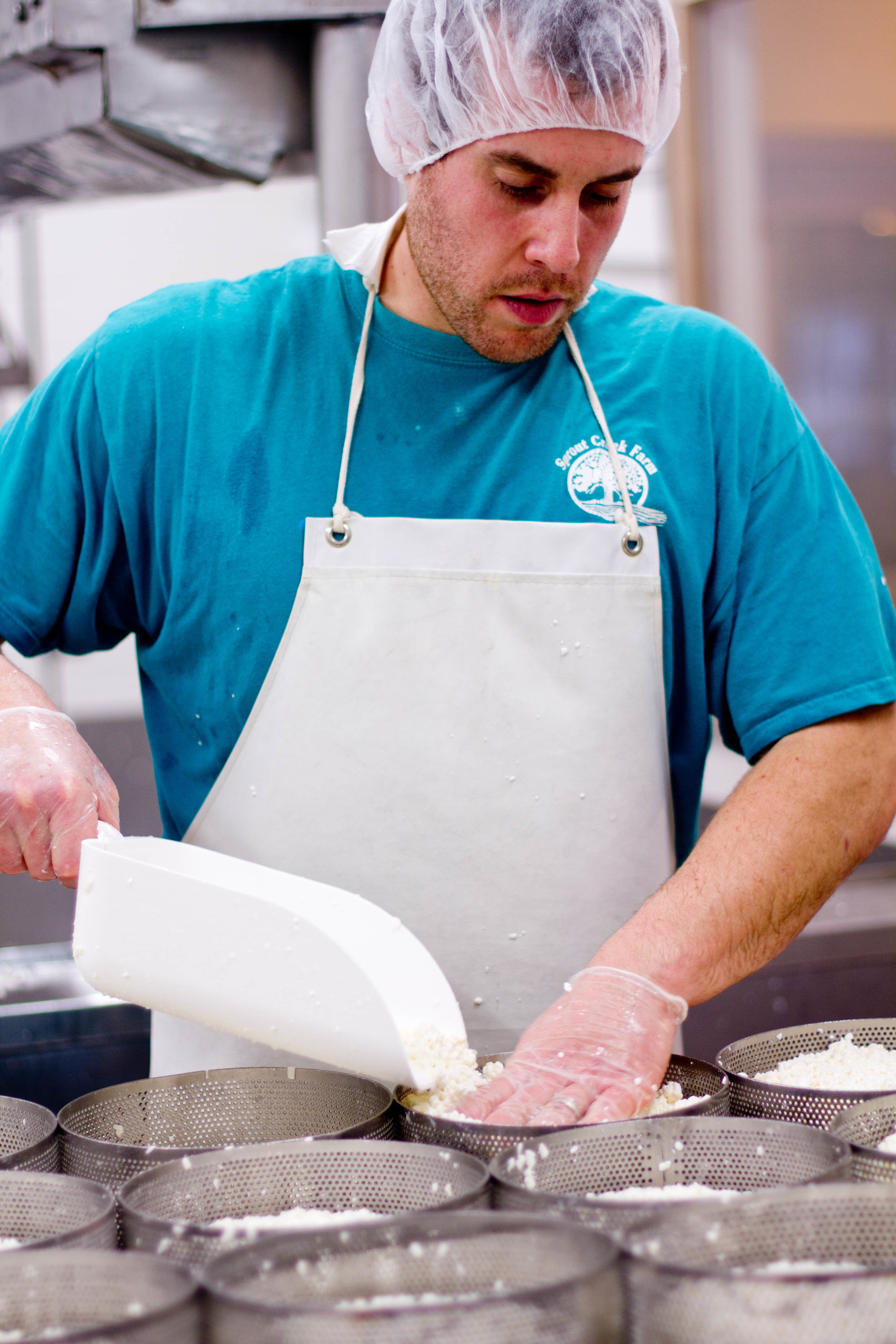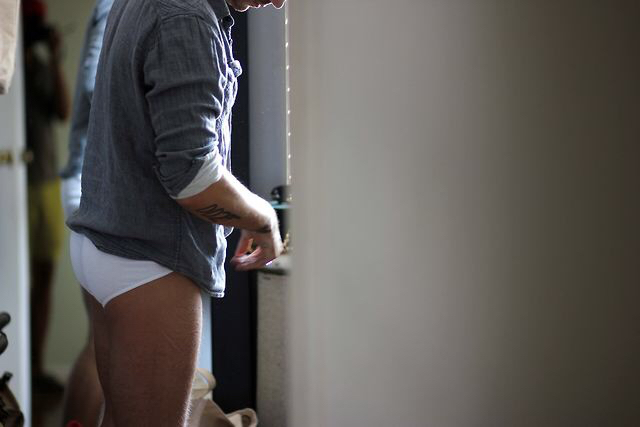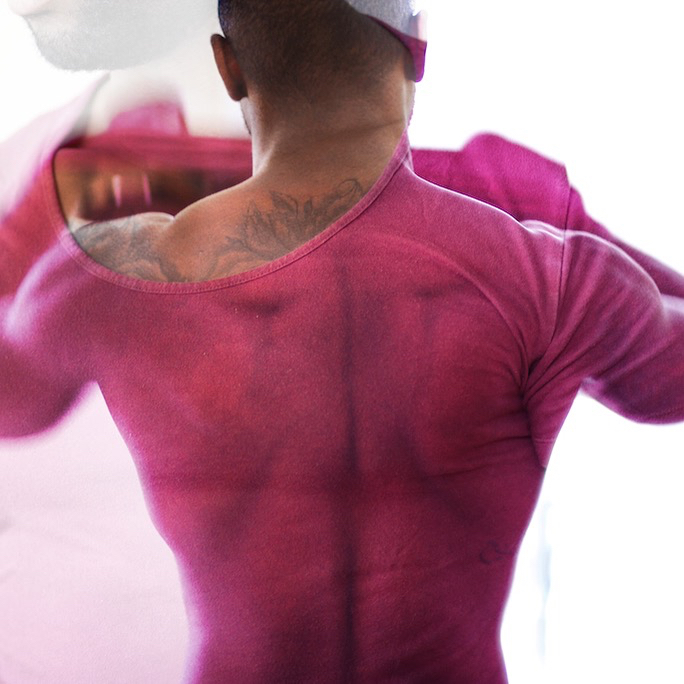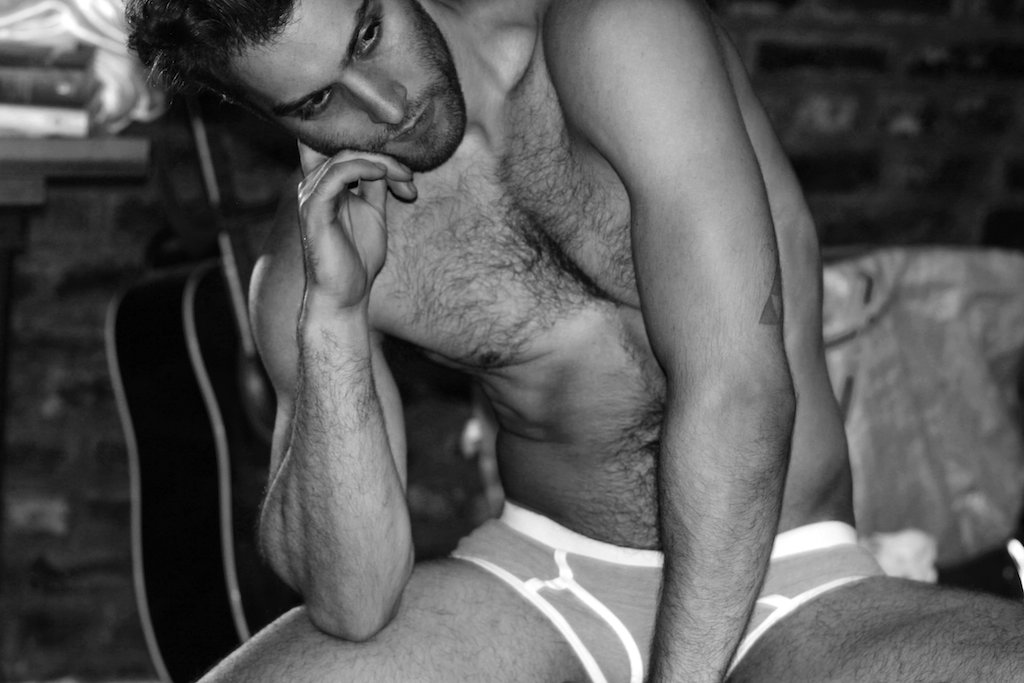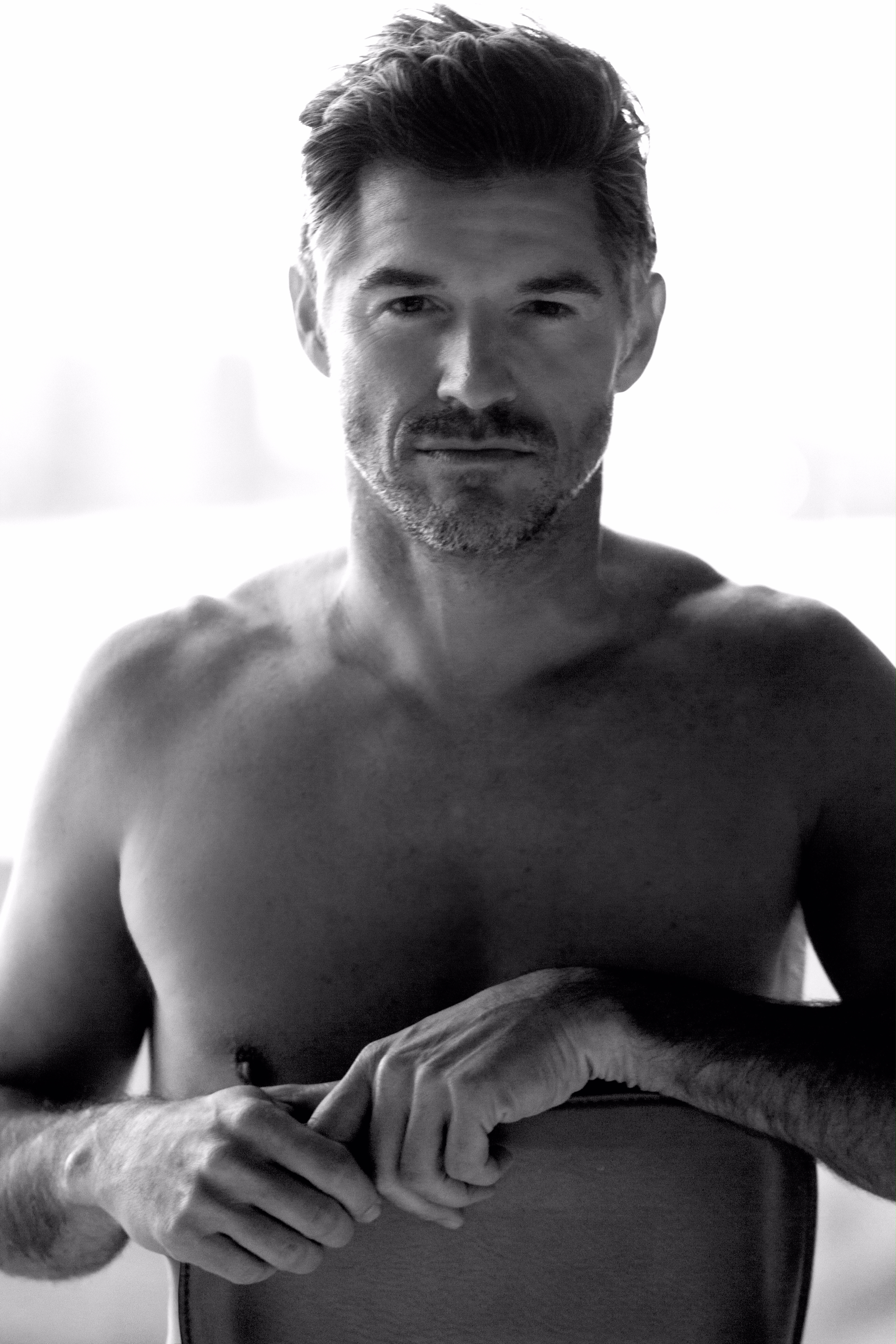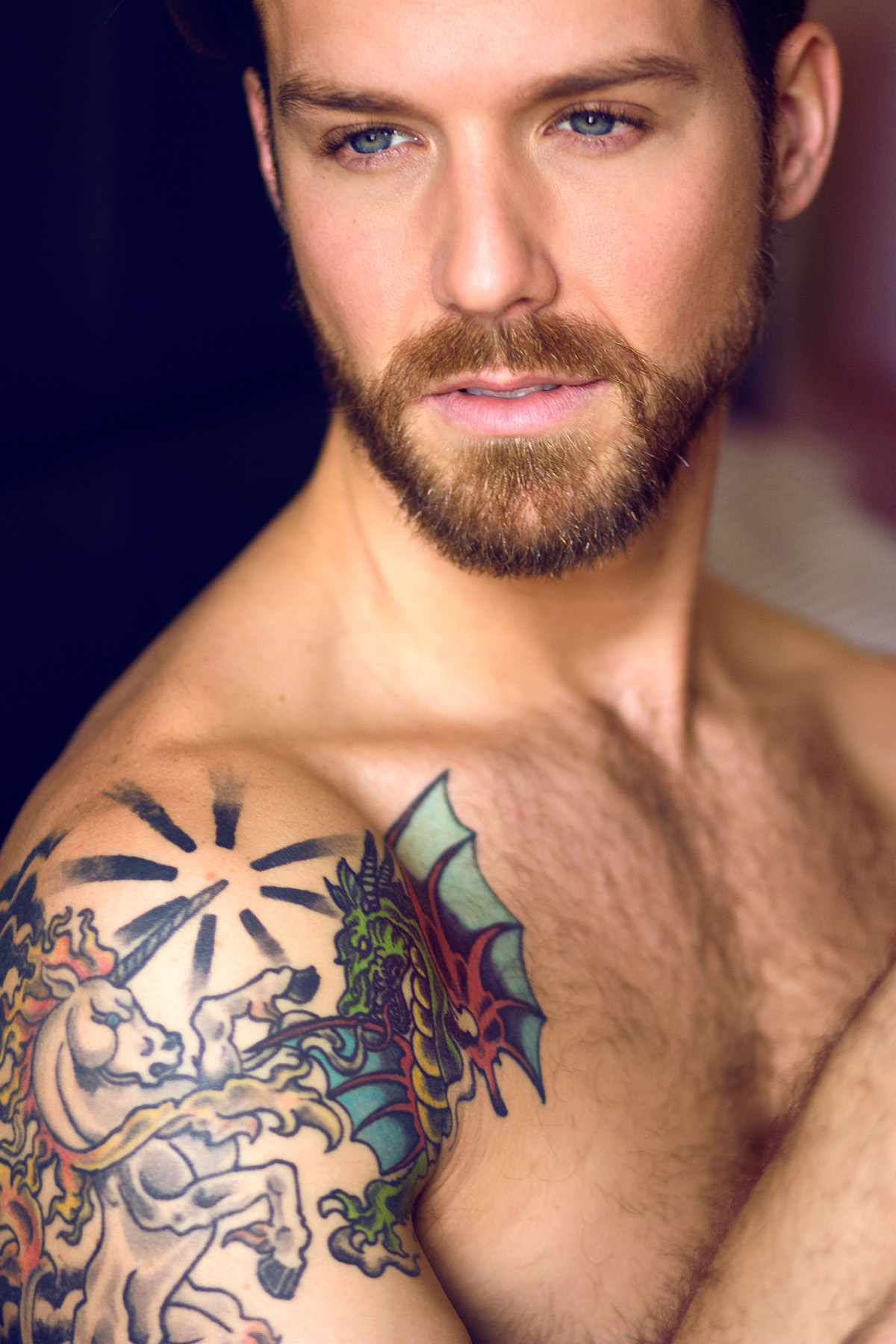Maker | Upstate Stock
Ben Ashby
These winters seem to go on and on! Why not stock up and prepare with these handmade goods by Upstate Stock! Every piece is designed and made in the great state of New York. We couldn't pass up sitting down with Upstate Stock to learn about what they're making and how they're keeping production in the U.S.
Why are you a maker?
Upstate Stock works with a factory in Upstate NY that has been manufacturing knit accessories since 1946. All of our candles and apothecary are made here in Brooklyn, very close to our Greenpoint offices.
Who are you?
Upstate Stock was born out of simple fact that American manufacturing of the highest quality is still out there, the same manufacturing from decades ago that is both at a standard that very few countries can match, but also affordable.
What do you make?
We make 100% NY State made knit accessories and lifestyle goods. Why support makers: Contemporary "makers" are the backbone of the new social economy and are reviving trades and manufacturing across America.
Why keep Main Street alive?
Because there's no town without Main Street.

